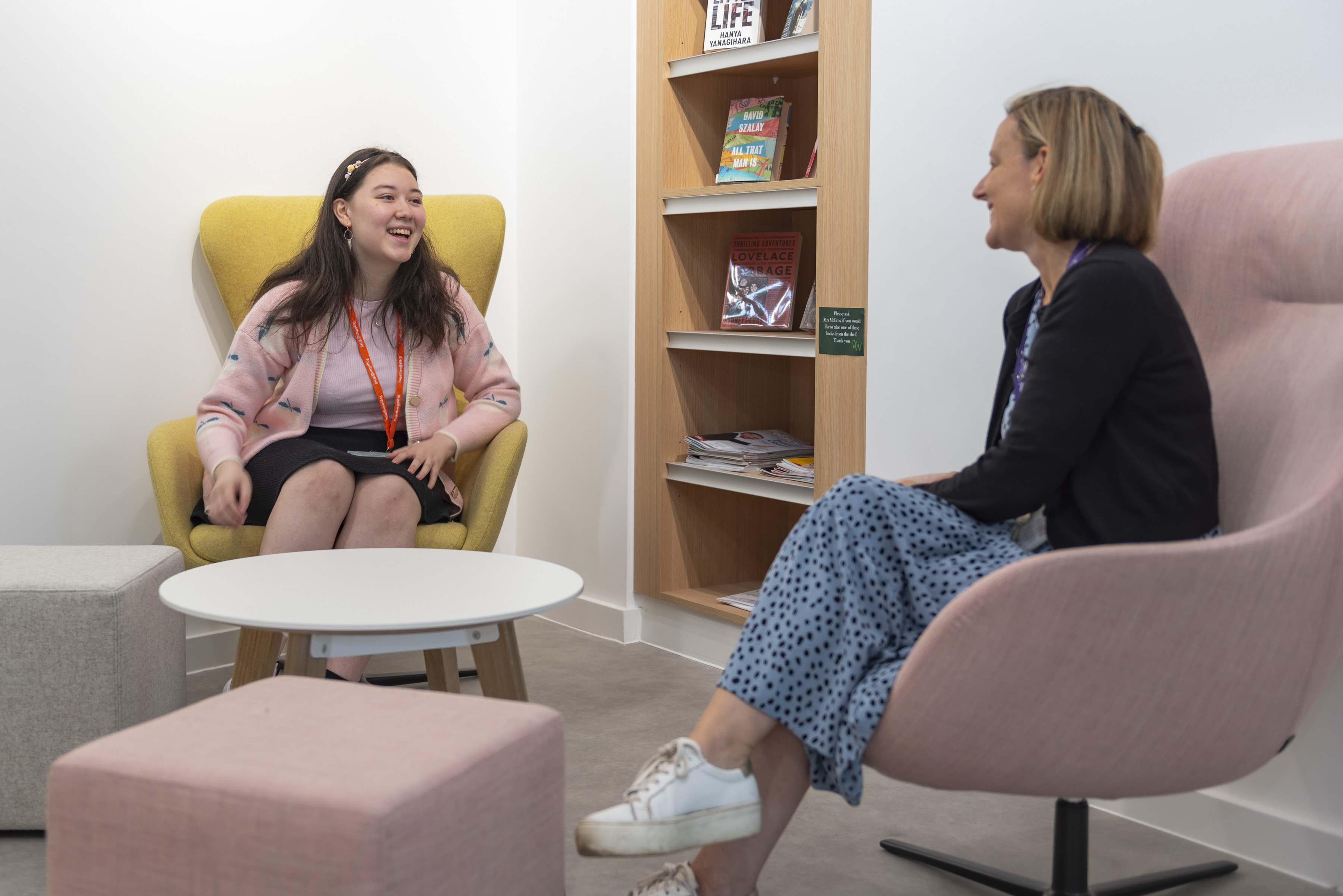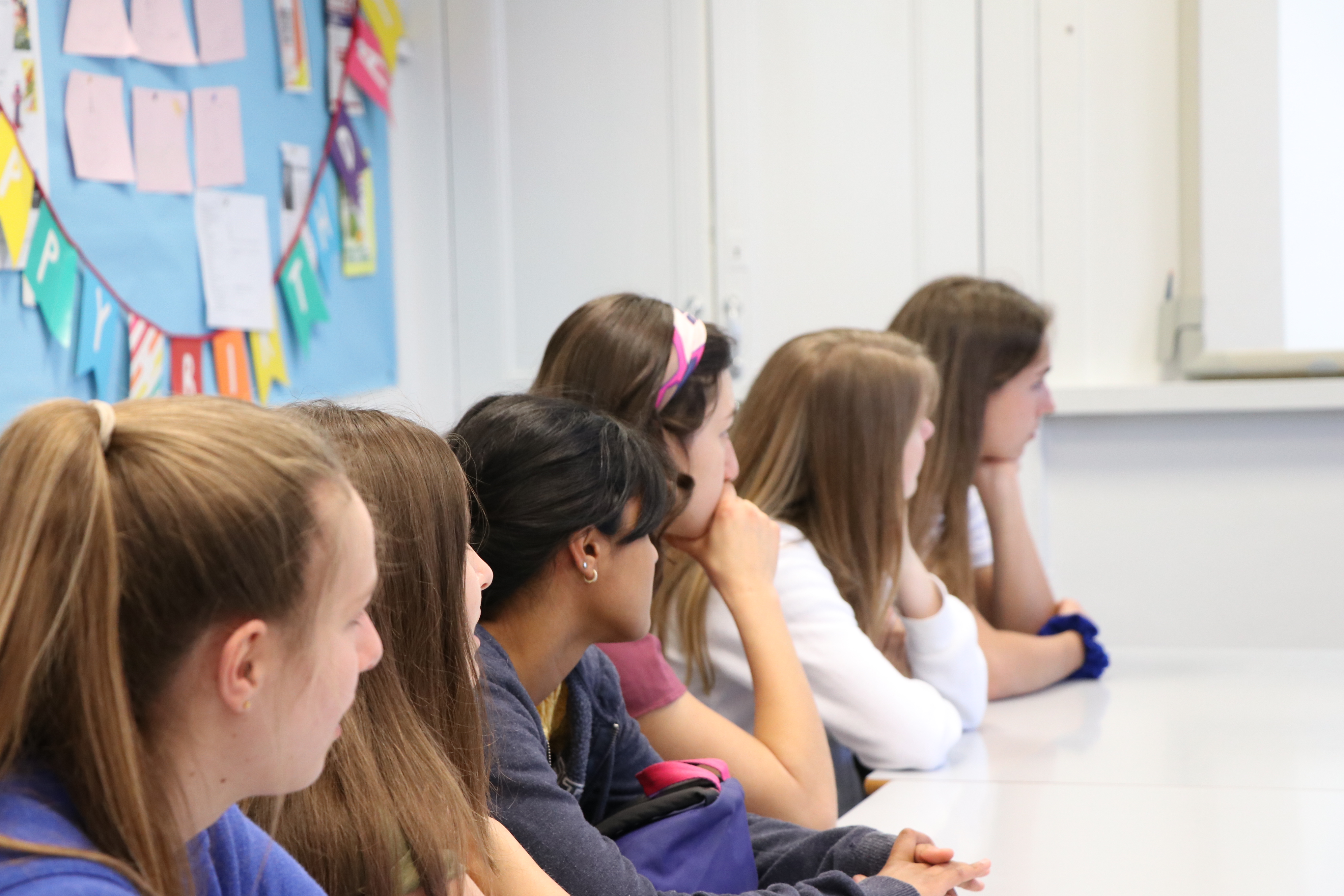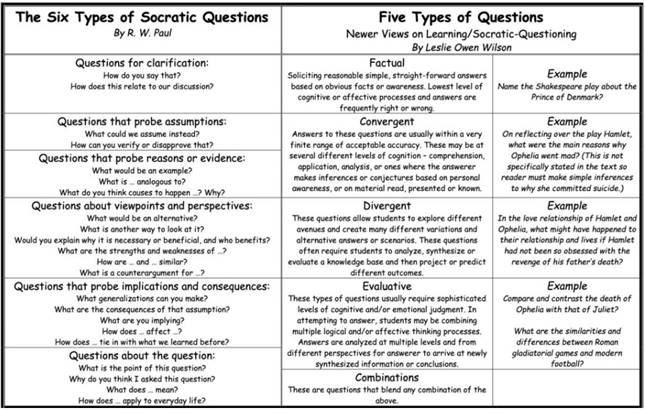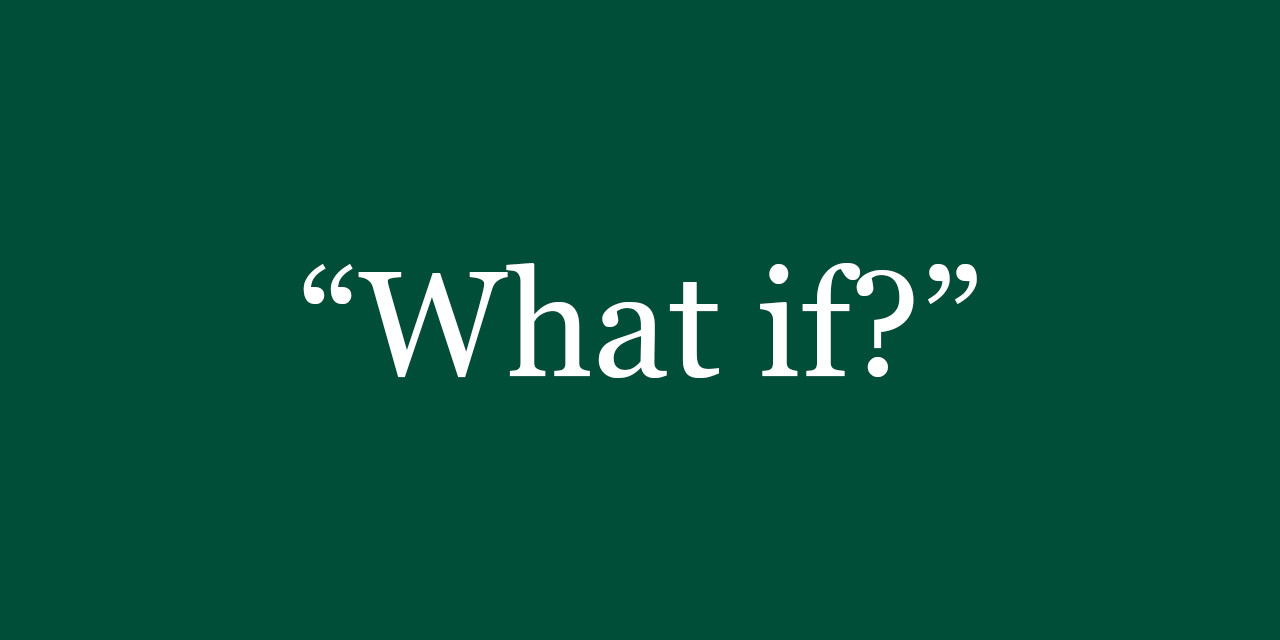Autumn Focus: Metacognition – students driving their own learning through reflection
Teaching and learning Gem #25 – harnessing the self-reflection of Motivational Maps and R&R

This Friday Gem comes from Clare Duncan
One clear example of student self-reflection is their termly Review and Reflection session, and none more so than this year with our holistic approach. Using the Motivational Maps tool, students completed a series of questions which generated a report detailing their top motivators. They reflected on what these motivators meant to them and how they could harness them to develop strategies for success in every aspect of school life: academics, co-curricular and friendships. These thoughts were captured during R&R and their report has been transferred to their profile page on Firefly.
So how can we use these in our T&L to encourage students to take control of their learning and reflect on their progress?
Well, each student reflection was captured in a report on Firefly. If there is a student in your class who you feel is not connecting with your subject, why not look at their self-reflection and discuss with them their motivators: together, plan how the student can use those motivators to drive their progress in your subject.
By way of an example:
Take Ceri, her top motivator is a Director: she has a need for power and influence. Here is her reflection:
I am struggling with finding my feet in class and in the Sixth Form. This is particularly true in Politics and English as I feel that the more confident girls always speak over me and when I do say something; they challenge what I’ve said and I am unable to speak up or share my opinions.
Through Ceri articulating this, you and she can discuss and plan an approach to her having a voice. For example, giving her a lead role in an initiative, you will be addressing her motivational need. This is a great way of using a student’s self-refection to help them to flourish in your subject.












